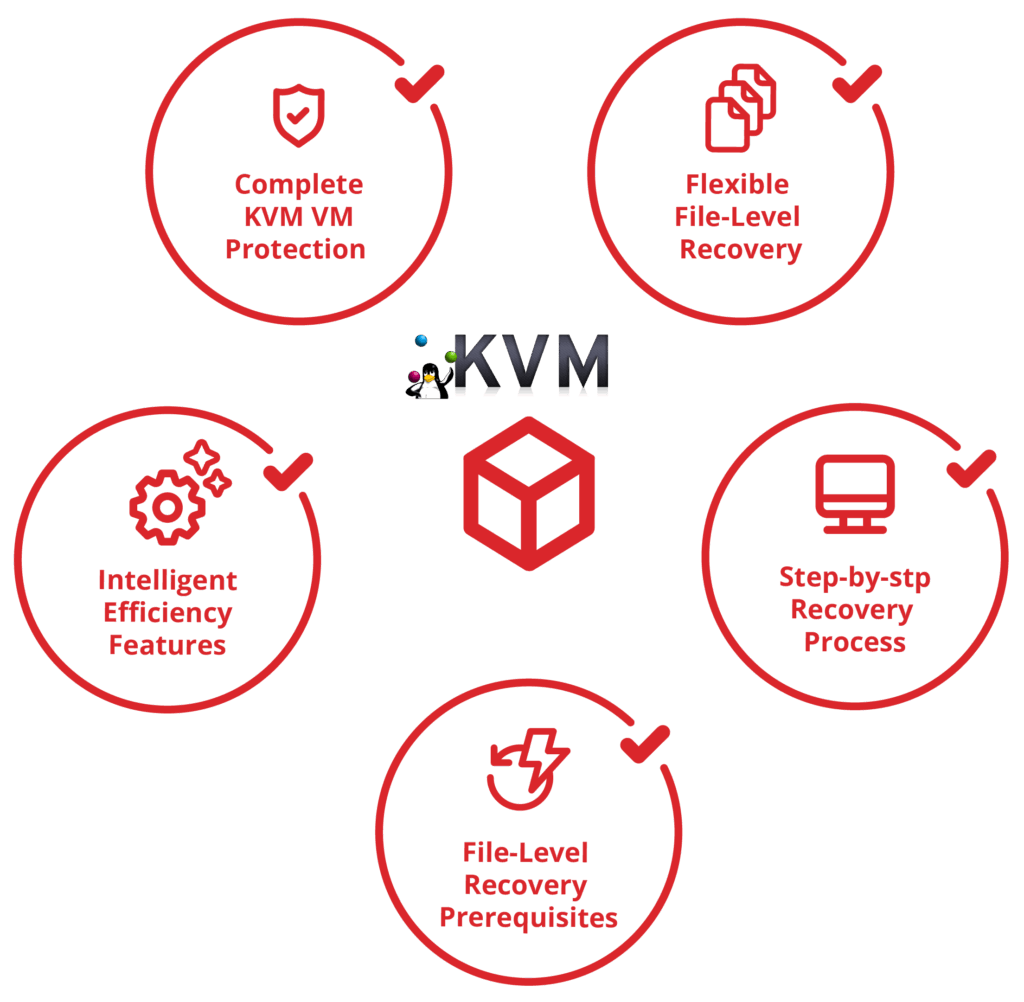Organizations running KVM virtualization environments face unique challenges in protecting their Linux-based virtual infrastructure. While basic snapshot tools provide rudimentary functionality, they frequently lack the enterprise-grade capabilities required for comprehensive data protection, regulatory compliance, and disaster recovery. The increasing sophistication of ransomware attacks targeting virtualized environments means organizations need robust protection strategies where a single security breach could compromise multiple virtual workloads simultaneously.
KVM virtual machines require protection that transcends simple disk snapshots. Enterprises demand application-consistent backups that preserve database integrity, granular file-level recovery capabilities that restore individual files without retrieving entire VM images, and flexible disaster recovery solutions enabling cross-site replication and rapid failover scenarios. Compliance frameworks including GDPR, HIPAA, NIST, and industry-specific mandates require precise data governance controls, documented retention policies, and comprehensive audit trails that basic open-source tools typically cannot provide adequately.
Business continuity in virtualized environments demands proven recovery capabilities with clearly defined Recovery Point Objectives (RPO) and Recovery Time Objectives (RTO). Whether facing ransomware encryption attacks, accidental VM deletions, storage subsystem failures, or complete datacenter outages, enterprises require battle-tested backup and recovery solutions. Bacula Enterprise provides this protection through military-grade security architecture, exceptional recovery performance, and the flexibility to safeguard complex, multi-hypervisor KVM deployments.


